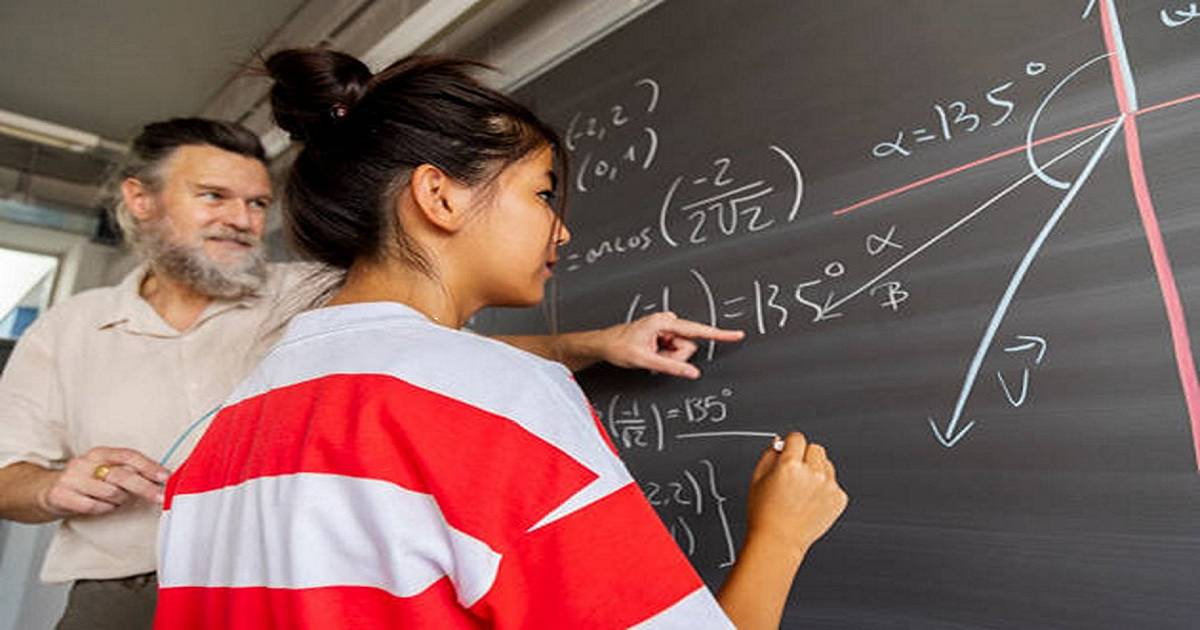The transition from middle school to high school is a pivotal moment in a student's academic career. In addition to adapting to an unfamiliar school environment, students are asked to lean on their prior learning and explore a host of challenging topics: systematic equations, iambic pentameter, mitosis, the Reconstruction period—and so on. Some students flourish and quickly find their footing on the path to post-secondary success, but many experience a precipitous decline in academic performance. Going from eighth to ninth grade math, in particular, often proves to be a hurdle that students struggle to clear. And, given the sequential nature of math curricula, students may find it difficult to recover from an early stumble.
This challenge is all too familiar to students, educators, and leaders in Denver Public Schools (DPS). In spring 2022, less than one-third of all ninth-grade DPS students met or exceeded grade-level benchmarks in math on the PSAT, which DPS uses as a benchmark assessment in math and literacy for grades nine through eleven. For Black and Hispanic students, who comprise nearly two-thirds of DPS' grade 9 students, only about a quarter met or exceeded benchmarks for grade-level performance on the PSAT. Improving students' success in math and narrowing opportunity gaps is a central focus for DPS leaders.
That's where REL Central comes in. After carefully considering how the district might leverage REL Central's expertise and resources to increase equity and student academic achievement, DPS and REL Central have developed two initial projects aimed at understanding what affects math success at the critical ninth grade juncture.




